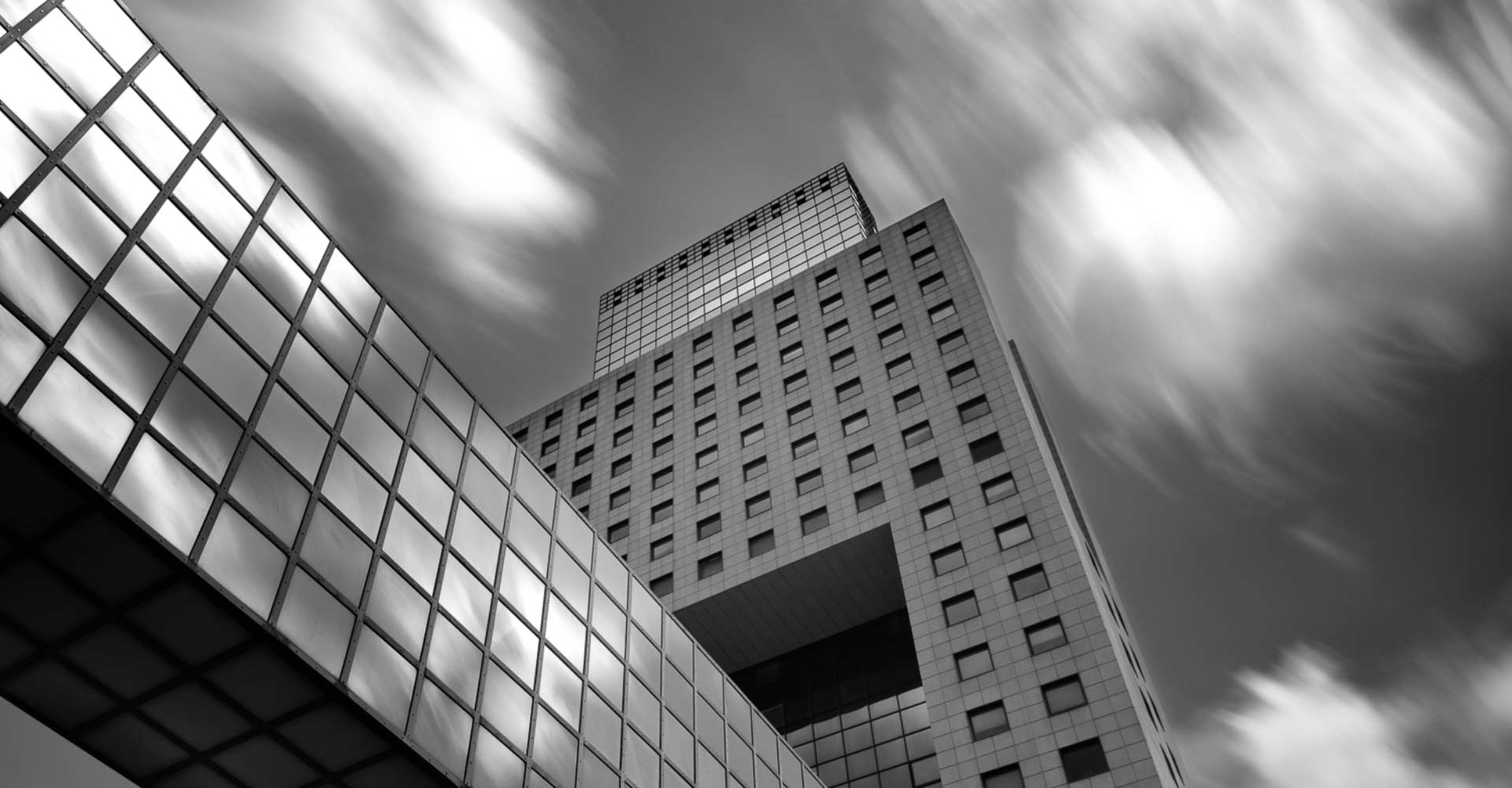Using long exposure times, you can create interesting effects and distortions in your photos. This includes blurring elements in the scene that are not stationary. This can be seen in elements such as clouds, water, people, cars, etc.
Long exposure

How to use long exposures for spectacular effects

You can use the length of the exposure time to control how blurred and out of focus they appear.
This can be clearly seen in this example image of the boat. The movement of the sea causes it to rock, but the quay wall is static and is depicted as such.

If you are photographing architecture, moving clouds are an interesting long exposure element in the image.
You may have already exposed your camera for up to 30 seconds - but would you like to do it for much longer, say a minute, to get an image like this?
Unfortunately, you can't do this with the classic scene modes: neither P, Av, Tv nor M modes allow you to select a long exposure time. There is, however, the Bulb (B) Mode, which is ideal for this purpose.
You can set the usual values such as aperture and shutter speed, but how do you set the time? You can do this with a timer, which you connect to your camera and enter via the timer. I use the Canon TC-80 N3 timer release cable.
You can program it to expose at the time you want. You can also set it to take interval shots or a certain number of shots and it will store them according to your wishes and specifications.
You will also need a grey filter if you want to take long exposures of several minutes with your camera in bright daylight. These come in different strengths. I recommend a filter with a factor of 1000 or 2000. Your exposure time will be increased by this factor. For example, with a 2000x filter, a 1/10 second exposure without a filter becomes 200 seconds with a filter.
If you know in advance what you want your photo to look like, you can use the appropriate filter to achieve your desired result. Long exposures distort a lot, shorter ones less.

This can be very useful when travelling in busy cities. For example, during the day in Venice, you rarely get the chance to take a picture of the Rialto Bridge without people in it.
However, I was able to do this using the above procedure, as the example image shows. I combined several grey filters to achieve an exposure time of more than five minutes.
One thing you should definitely take with you when using this technique is a tripod. Of course, you can't take extremely long exposures by hand. The tripod ensures that the camera remains completely still.
Tip:
If you want to take city or landscape shots, zoom lenses give you some flexibility. My favourites are the EF 16-35mm F2.8L II USM and the EF 24-70mm F2.8L II USM, which I always keep in my camera bag for such projects.